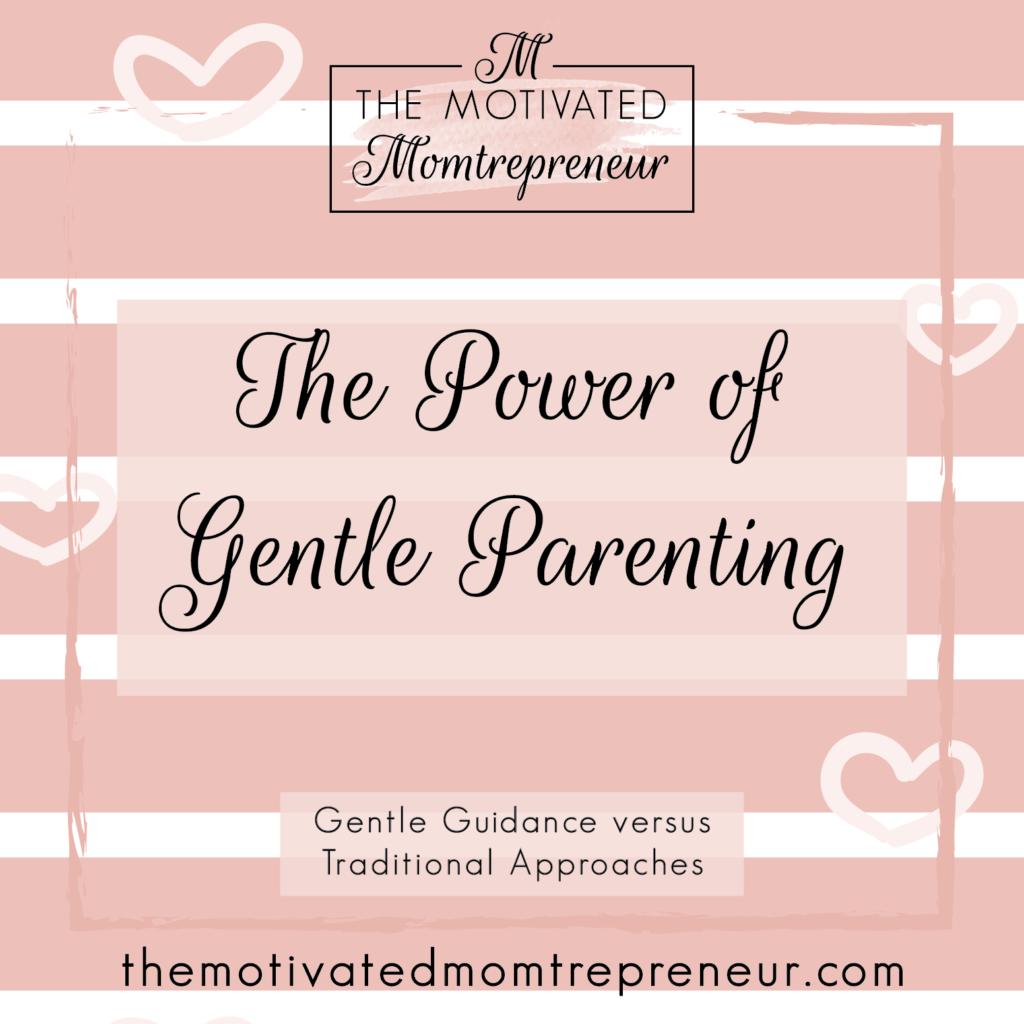Sharing is caring!


Introduction
Parenting is a journey filled with love, challenges, and countless decisions. In recent years, gentle parenting has emerged as a philosophy centered around empathy, understanding, and respect. Unfortunately, it is often misunderstood as permissive or weak. In this exploration of gentle parenting, we’ll delve into its essence and shed light on the counterproductive nature of reactive parenting approaches.
What is Gentle Parenting?
Gentle parenting is a philosophy that emphasizes empathy, understanding, and respect for children’s emotions and needs. Instead of relying on punishment and coercion, it focuses on building strong, loving, and communicative relationships with children.
- Understanding Emotions: Gentle parenting involves acknowledging and empathizing with a child’s emotions. For example, if a child is upset because their favorite toy is broken, a gentle parent might say, “I can see you’re sad about your toy being broken. That must be tough.”
- Effective Communication: Encouraging open and honest communication is a cornerstone of gentle parenting. If a child refuses to do their homework, a gentle parent might say, “I understand you might not want to do your homework right now. Can you tell me why you feel that way?”
- Setting Boundaries: Gentle parenting sets boundaries with respect and understanding. If a child hits their sibling, a gentle parent might say, “Hitting is not allowed because it hurts. Let’s talk about how we can solve conflicts without hurting each other.”
- Positive Discipline: Discipline in gentle parenting focuses on teaching rather than punishing. Time-outs are replaced with time-ins, where a parent discusses behavior and consequences. Natural consequences allow children to learn from their actions. If a child refuses to wear their jacket, they might feel cold, learning the importance of dressing appropriately.
Giving Options and Guiding Choices
A key aspect of gentle parenting involves empowering children by offering choices and guiding them toward positive decisions.
- Empowering Decision-Making: When faced with a situation where a child wants to do something they shouldn’t, a gentle parent might offer options. For instance, if a child wants to play with a fragile item, the parent could say, “I see you’re interested in exploring. We can choose a different toy that’s safe for you to play with. Would you like to pick a colourful puzzle or a soft stuffed animal?”
- Toilet Time Choices: When it’s time to go to the toilet before leaving, a gentle parent might say, “We’re getting ready to leave. Do you want to walk to the toilet or run there?” This gives the child a sense of control and turns a routine task into a fun decision-making opportunity.
- Climbing on Furniture: If a child climbs on the furniture, a gentle parent would calmly intervene and say, “The table is not for standing; the floor is. Do you want to come down on your own, or do you need me to help you?” This approach respects the child’s autonomy while guiding them toward a safer alternative.
Breaking the Cycle of Reactivity
Traditional parenting approaches often involve reacting to a child’s negative behavior with similar actions. For instance, if a child hits and the parent responds by hitting them, or if a child shouts and the parent shouts back, it defeats the purpose of teaching appropriate behavior.
- Hitting to Stop Hitting: If a child hits, responding with physical punishment sends a conflicting message. Gentle parenting emphasizes non-violent communication and teaching alternatives. Instead of hitting, a gentle parent might explain why it’s wrong and help the child find other ways to express frustration.
- Shouting to Stop Shouting: If a child shouts and the parent responds in kind, it reinforces the idea that yelling is an acceptable way to communicate. Gentle parenting seeks to break this cycle by modeling calm and respectful communication. A gentle parent may acknowledge the child’s feelings and encourage them to express themselves without shouting.
Product Recommendations
To support your journey in gentle parenting, consider these products that align with the principles discussed:
- Parenting Books on Gentle Discipline: Explore insightful books on gentle parenting and positive discipline, such as “No-Drama Discipline” by Daniel J. Siegel and Tina Payne Bryson. These can provide invaluable guidance in navigating the challenges of parenting with empathy.
- Online Parenting Courses: Enrich your parenting skills with online courses that provide in-depth guidance on gentle parenting techniques. Platforms like Udemy or Coursera often offer parenting courses. Consider courses that specifically focus on effective communication and positive discipline. Join their affiliate programs to earn commissions.
- Children’s Books on Emotional Intelligence: Foster emotional intelligence in your child with books like “The Feelings Book” by Todd Parr. These books can be powerful tools for teaching children about emotions and empathy.
- Parenting Tools and Resources: Enhance your parenting toolkit with tools such as behaviour charts, communication journals, or emotion flashcards that facilitate gentle parenting practices. These resources can aid in implementing positive discipline strategies.
In the spirit of full transparency, some of the links in this post are affiliate links. This means that if you make a purchase through these links, I may earn a small commission at no extra cost to you. I only recommend products or services that I personally use and believe will add value to my readers. Your support helps keep this blog running and allows me to continue providing valuable content. Thank you for your support!
Sharing is caring!
